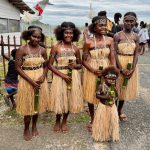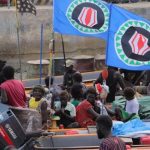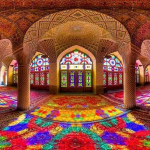That the Khmer Rouge were only banished in 1998 means that there are still are not just a huge amount of Khmer Rouge historical sites to be seen, but that many are still being discovered.
And while many will call it dark tourism, they are essential viewing if you want to understand the history of not just the history of the Khmer Rouge and Cambodia, but also many of the nations contempoary issues.
Here are the 21 most important Khmer Rouge historical sites, accoding to us at least.
Table of Contents
21) DC-Cam
Relevance
The Documentation Center of Cambodia is the premier archive for Khmer Rouge research. It holds over a million pages of documents, photographs, and survivor testimonies. Visiting gives you access to original records and chilling evidence of how meticulously the regime documented its crimes. You can see photographs of victims, interrogation forms, and reports used in the Khmer Rouge Tribunal.
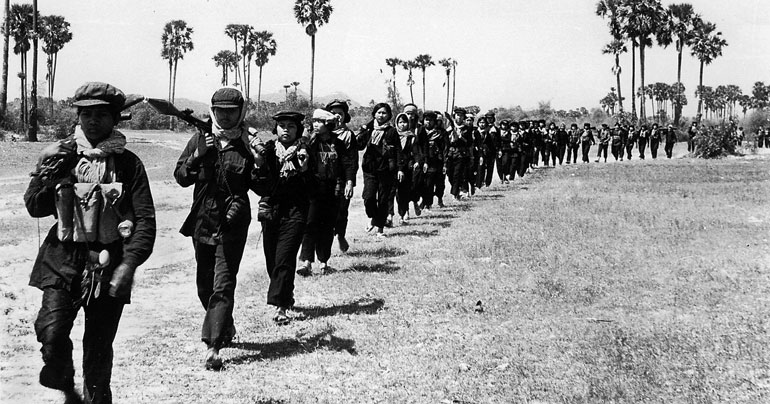
How to get there
Located in Boeng Keng Kang 1, Phnom Penh, about ten minutes by tuk-tuk from the Royal Palace. Email ahead for access, as it is a working archive. Tuk-tuk or moto-taxi is easiest, and staff or guides explain exhibits, point out key documents, and provide survivor testimonies for context.
20) Phnom Penh Railway Station
Relevance
The railway station was a critical hub during the Khmer Rouge evacuation of Phnom Penh in April 1975. Thousands of residents were forcibly sent to the countryside to work in agrarian communes. Today, the building and old platforms remain, silently recalling the chaos, fear, and uncertainty of that period. Walking through the station, you can imagine the mass movement of terrified citizens, many of whom never returned. And a great place to take the train!
How to get there
Located near Monivong Boulevard, central Phnom Penh. Tuk-tuk or moto-taxi is the most practical way to reach it. Visiting in off-peak hours avoids trains and crowds, allowing time to reflect on the historical significance. Walking the platforms and inspecting the old walls gives a tangible sense of the evacuation.

19) Win-Win Monument
Relevance
The Win-Win Monument in Phnom Penh marks the defeat of the Khmer Rouge and the establishment of a Vietnamese-backed government. While not a site of executions, it represents the political aftermath of Democratic Kampuchea and the country’s liberation from internal terror. Visiting it offers perspective on how Cambodians commemorate the fall of the regime, providing insight into the social and symbolic rebuilding of the nation. Controversial, yes, worth it though? Yes.
How to get there
Situated on the riverside in central Phnom Penh, near the Royal Palace and National Museum. Tuk-tuk from central hotels takes roughly ten minutes. Walking around the monument offers views of the Tonle Sap and Mekong rivers, which were strategically important during the Vietnamese intervention.
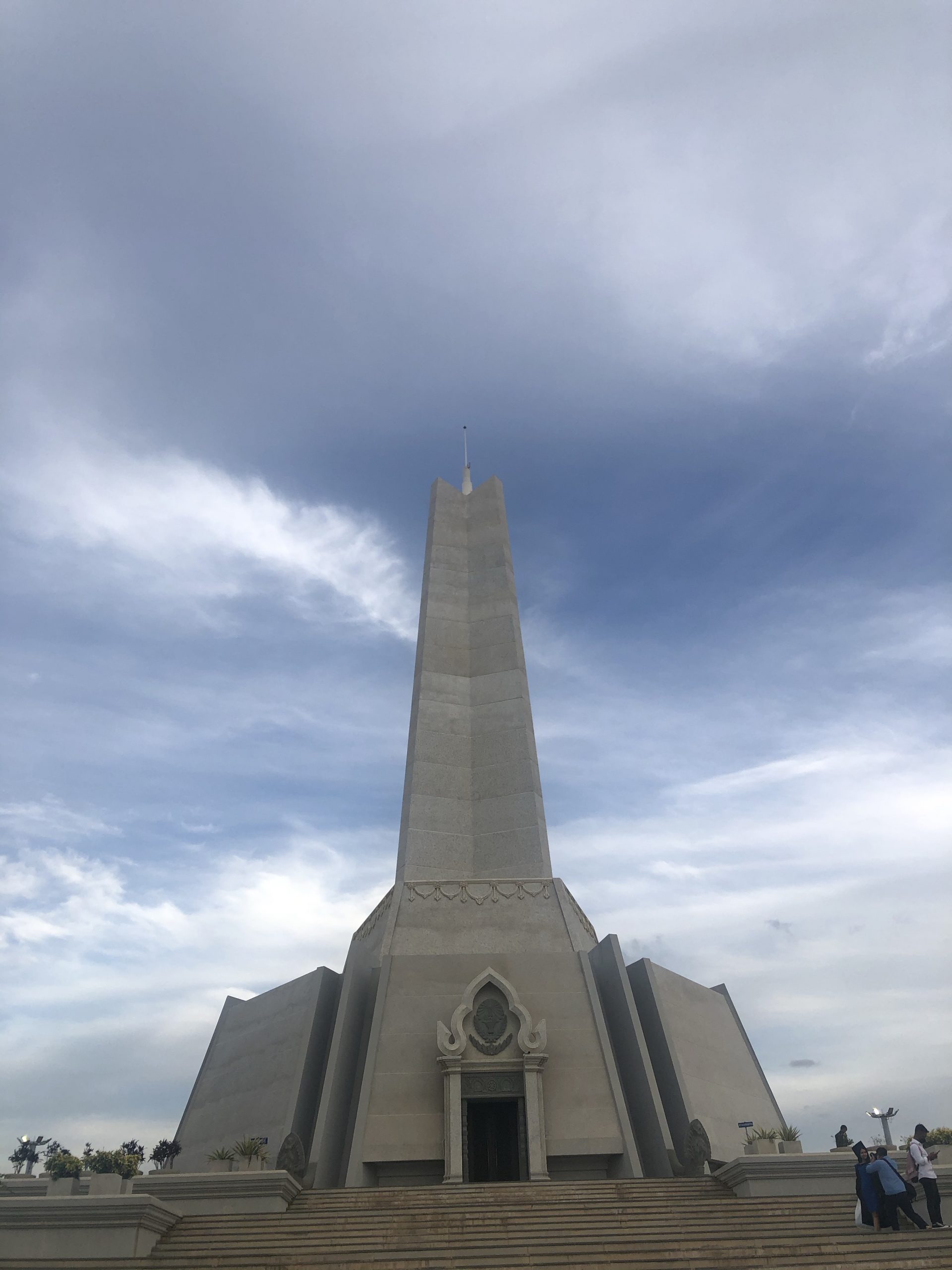
18) Cardamom Mountains
Relevance
The Cardamom Mountains were one of the most remote Khmer Rouge strongholds. The dense jungle and rugged terrain allowed cadres to hide, train, and move supplies undetected, even as Vietnamese forces advanced. Bunkers, trenches, and hidden paths remain, offering a glimpse into the guerrilla tactics and survival strategies of the regime. Great to visit in general, but you will need a guide to see the Khmer Rouge historical sites.

How to get there
Accessible from Sihanoukville or Koh Kong. Roads are rough, and some areas require 4×4 vehicles or trekking. Local guides are essential for safety and historical interpretation. Multi-day exploration recommended for bunkers, trails, and observation posts.
17) War Museum Siem Reap
Relevance
The War Museum in Siem Reap documents Cambodia’s military history, including aspects of the Khmer Rouge’s operations. Weapons, photographs, and battle records illustrate local resistance, recruitment, and the enforcement of the regime’s policies. It provides a concentrated overview of how the Khmer Rouge consolidated power, fought regional conflicts, and impacted local villages. One of the best museums within the Khmer Rouge historiacl sites.
How to get there
About 15 minutes outside Siem Reap by tuk-tuk or moto-taxi. Easy to pair with visits to nearby villages that experienced forced labor or other Khmer Rouge operations, giving a combined historical and field perspective.
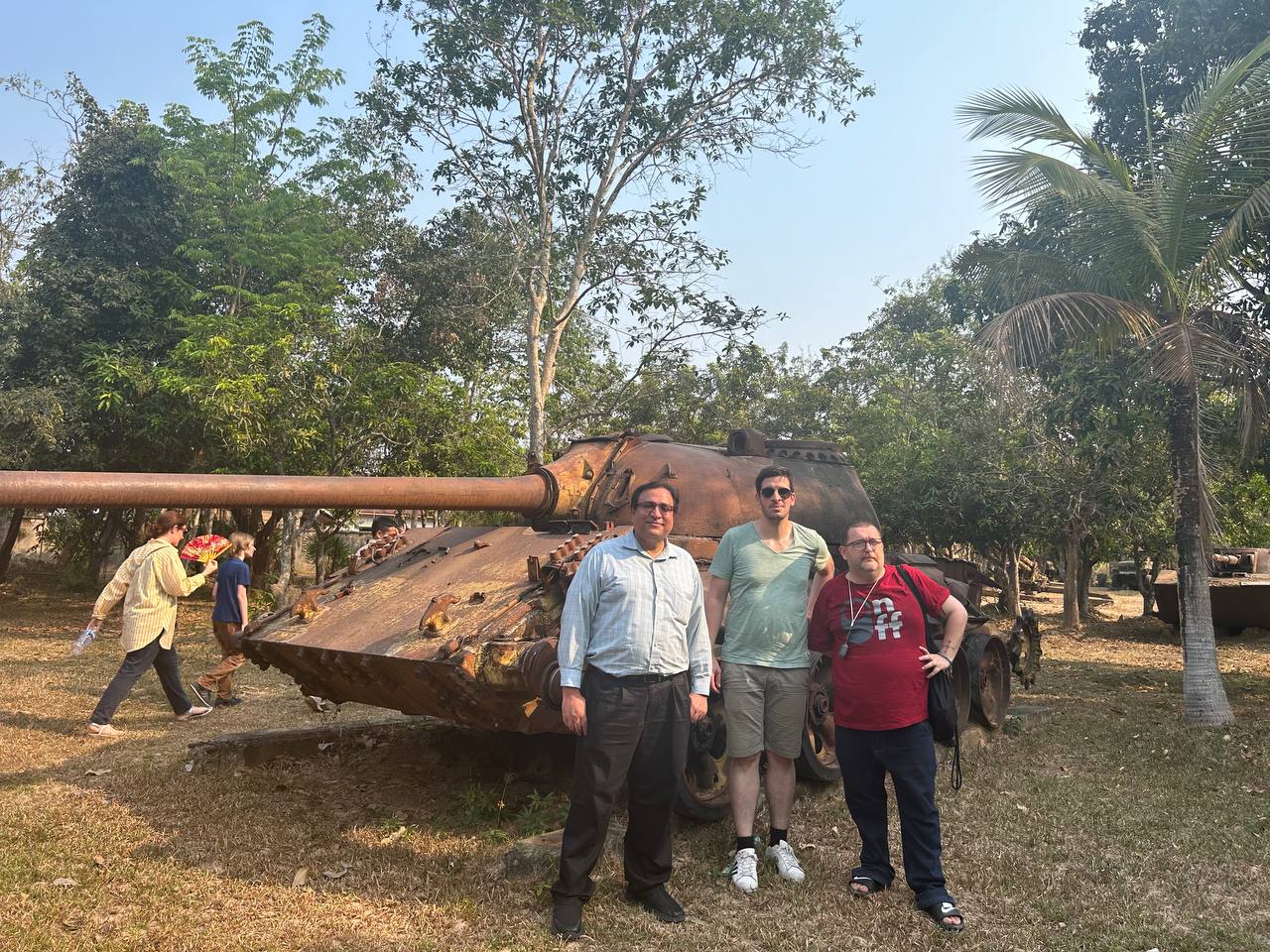
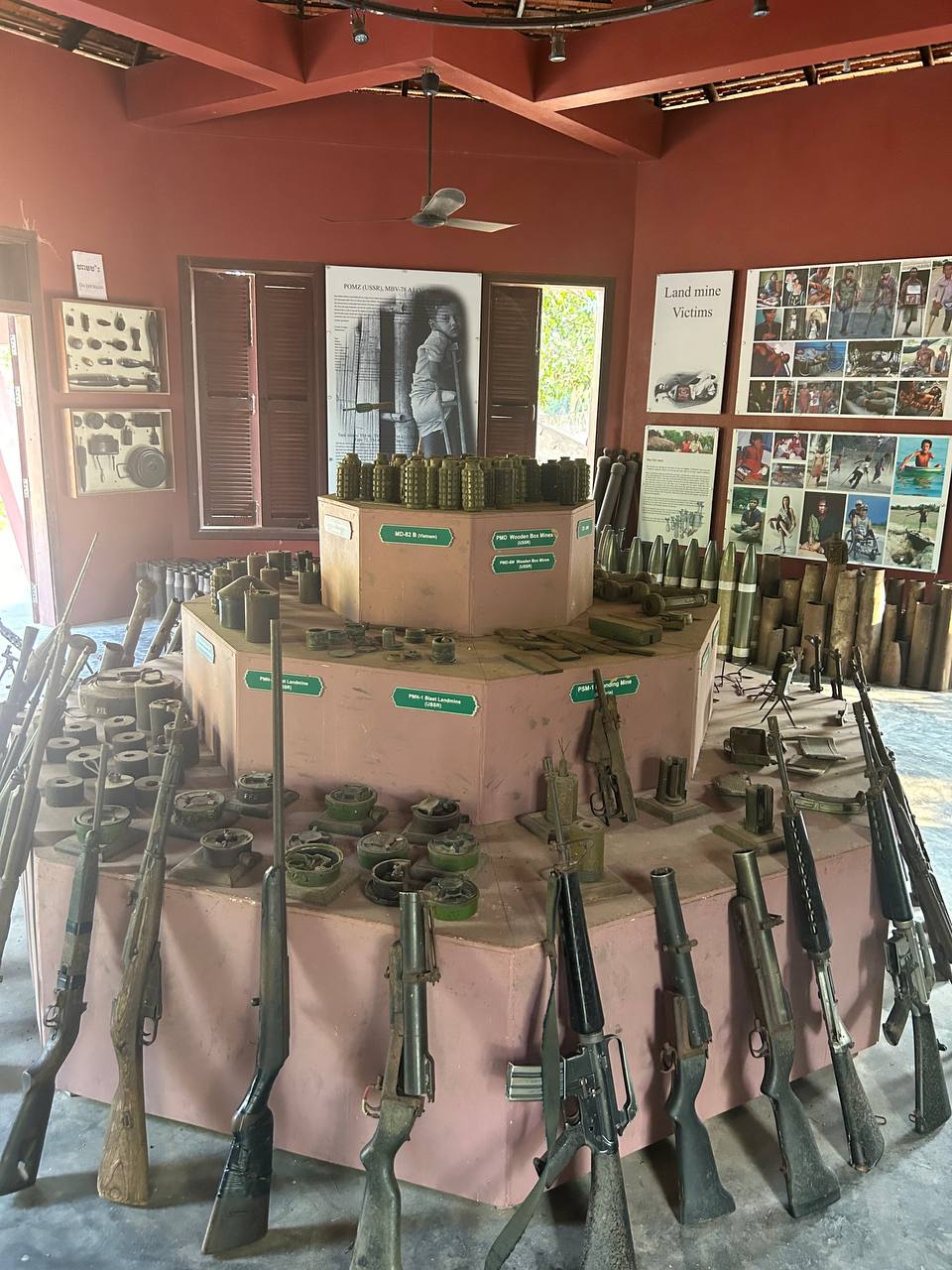
16) Cambodian Landmine Museum (Siem Reap)
Relevance
Founded by former child soldier Aki Ra, the Cambodian Landmine Museum documents the enduring danger left by the Khmer Rouge and other conflicts. It displays deactivated mines, unexploded ordnance, photographs, and survivor testimonies, providing a stark reminder of the physical legacy of war. The museum also highlights the human stories of recovery, rehabilitation, and survival, showing how decades after the regime’s fall, its impact still affects communities. Equally as important a place for contempary understanding of demining.
How to get there
About 25 minutes from Siem Reap by tuk-tuk or motorbike. The partially paved road is straightforward. Aki Ra’s rehabilitation center nearby provides additional context, and local guides can explain the village experiences during Khmer Rouge rule. Combine the visit with a village tour to see the ongoing work clearing mines.
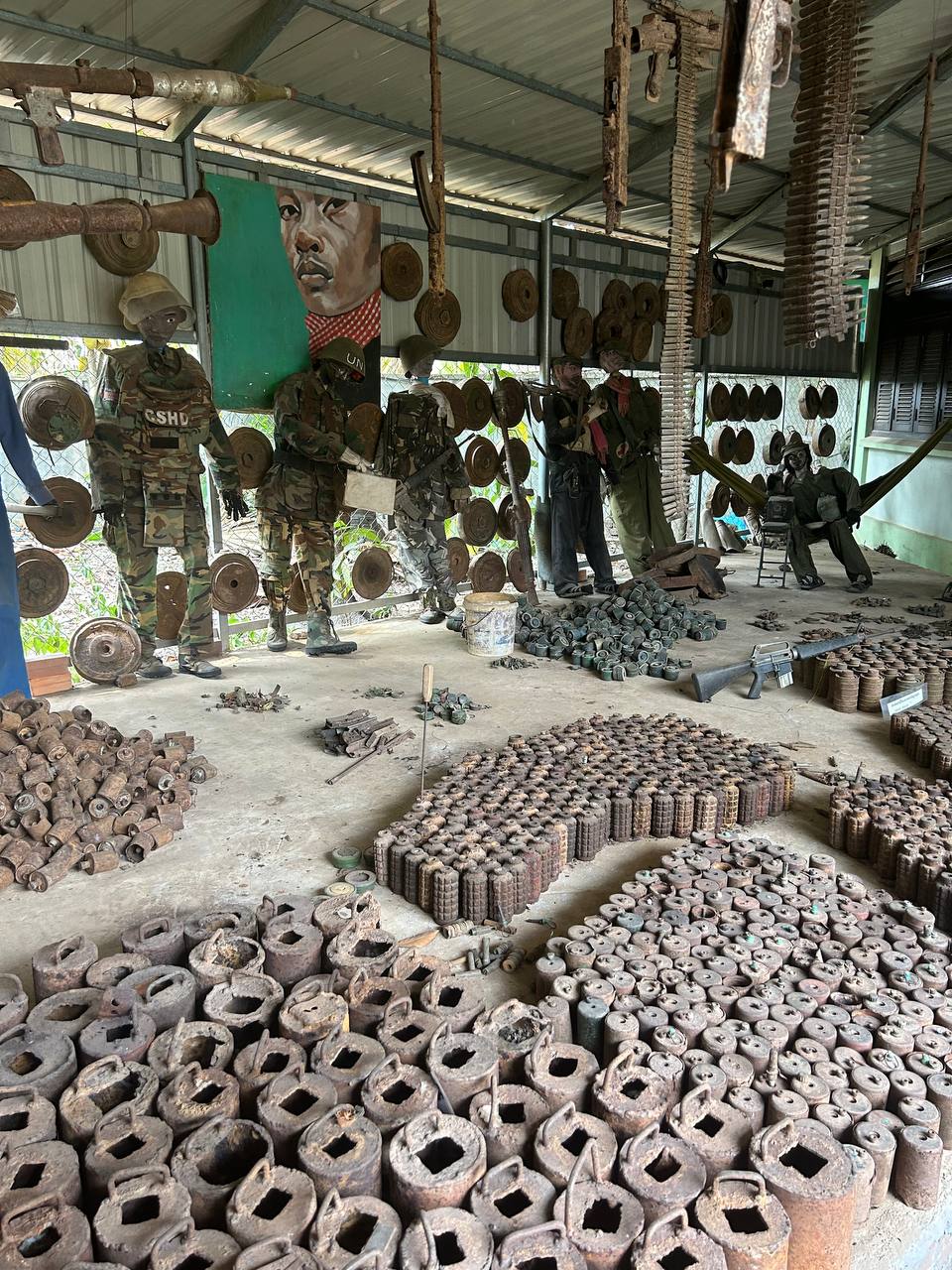
15) Chhouk – Birthplace of Pol Pot
Relevance
Chhouk in Kampong Thom Province is where Saloth Sar, later Pol Pot, was born. Walking through rice fields, villages, and his early school, visitors gain insight into the rural environment that shaped Cambodia’s most infamous dictator. Locals often share memories of his family and childhood, giving rare personal context to his early life. This site is crucial for understanding how a remote, agrarian upbringing contributed to his ideological development and the formation of Democratic Kampuchea. The surroundings remain largely unchanged, offering a sense of continuity with the past.
How to get there
From Kampong Thom town, hire a car or motorbike to reach Chhouk commune. Roads are rural and unpaved, so a guide is highly recommended. Interaction with villagers should be respectful, as the history is sensitive and personal.
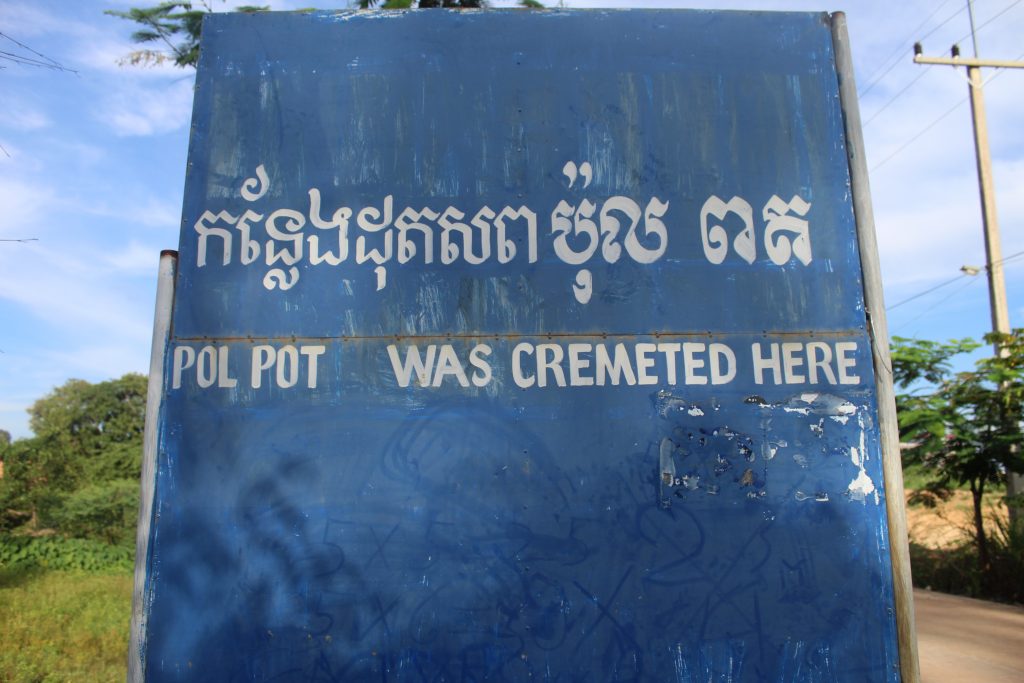
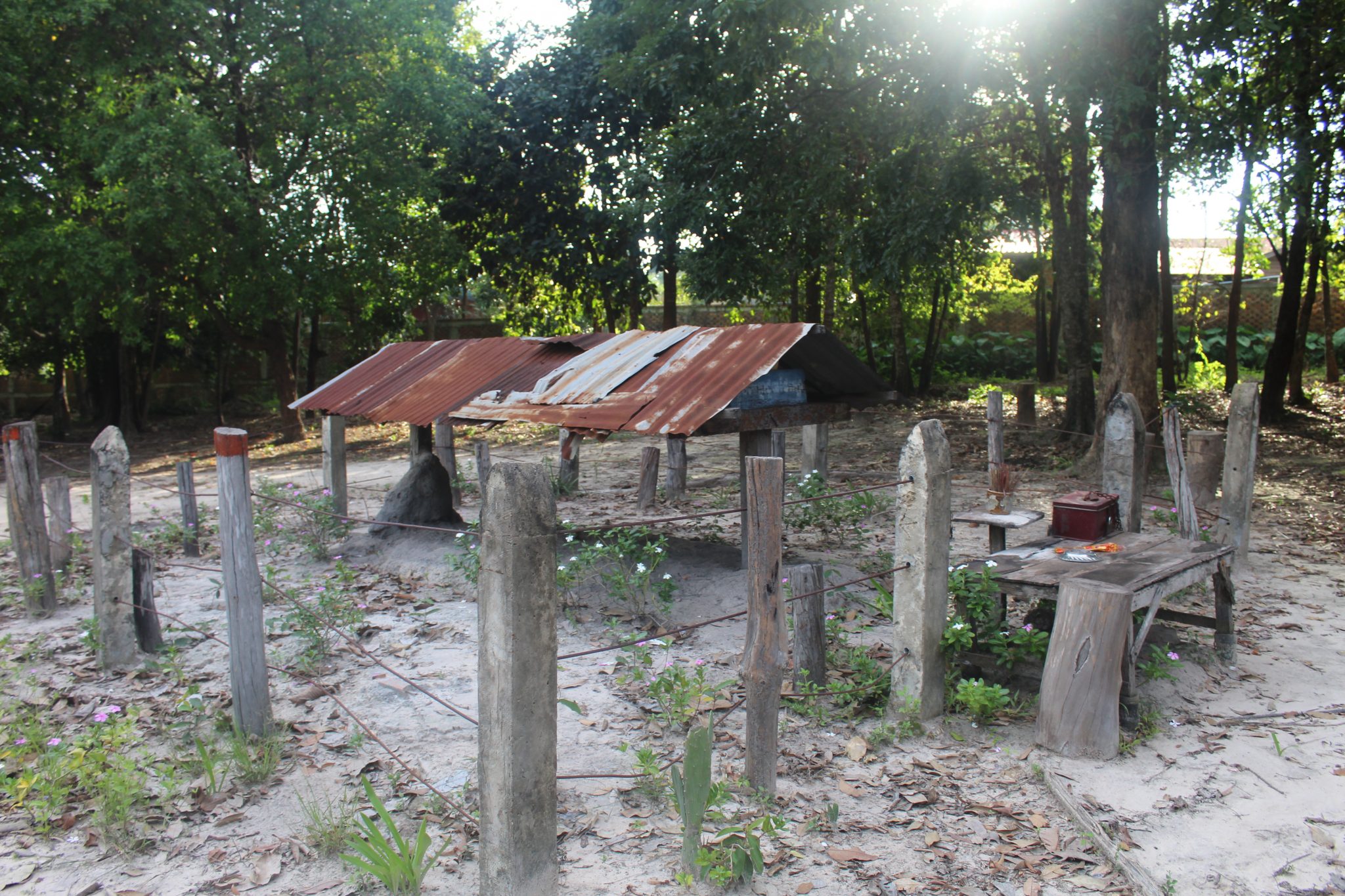
14) Ta Mok House (Takeo)
Relevance
The house of Ta Mok, nicknamed the Butcher, was one of his regional Khmer Rouge command posts. Visiting reveals how local cadres enforced policies and maintained control in rural areas. It exemplifies the decentralized network of power under the regime and illustrates the brutal enforcement mechanisms used outside Phnom Penh. Not a huge amount to see, but important with regards to the reach of the Khmer Rouge.
How to get there
Located near Takeo town. Access requires car or guided trip as it is off main roads. Local guides can provide context on Ta Mok’s activities and significance to the wider Khmer Rouge system.

13) Pailin
Relevance
Pailin, a remote western town near the Thai border, was a Khmer Rouge stronghold and gem-trading hub. The area demonstrates how the regime exploited natural resources to sustain operations even in isolation. Visiting Pailin shows both the strategic importance of the town and the economic networks that enabled cadres to survive post-1979. While not the best Khmer Rouge historical site, much of the population are fromer cadres and supporters.
How to get there
West of Battambang, accessible by long private car or bus journey. Roads are rough, especially in rainy season. Local guides enhance understanding by pointing out bunkers, old trading sites, and areas of historical significance.
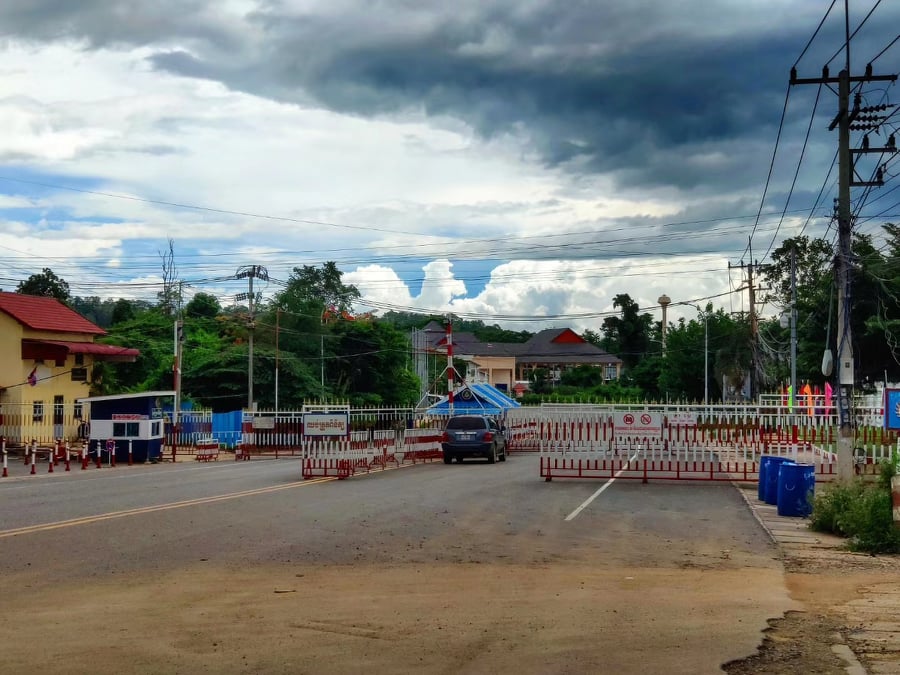
12) Phnom Malai
Relevance
A remote mountain base near the Thai border, Phnom Malai served as a training and retreat area for Khmer Rouge forces. Bunkers, trenches, and defensive works remain, illustrating the guerrilla warfare tactics used to evade capture. Most importantly, the area is historically notable because the widow and daughter of Pol Pot lived here during and possibly even after the regime, adding a deeply personal dimension to the site. Visiting Phnom Malai will require local knowledge, as well as tact.
How to get there
Accessible from Pailin via 4×4 or trekking. A guide is essential for navigation, safety, and historical interpretation. Exploration typically requires a full day.
11) Phnom Chisor
Relevance
While primarily an Angkor-era temple site, surrounding villages were used by Khmer Rouge cadres for recruitment, temporary encampments, and forced labor. Visiting reveals how rural populations were controlled and coerced, offering a lens into daily life under the regime outside urban centers. The hilltop temple itself provides panoramic views, emphasizing the strategic importance of elevated positions. A guide is essential to see sites related to the Khmer Rouge,

How to get there
Takeo Province, roughly two hours from Phnom Penh. Accessible by car or tuk-tuk. Walking around the temple hill and nearby villages combines scenic views with historical insight.
10) Independence Hotel
Relevance
Located in Sihanoukville, this hotel was abandoned during Khmer Rouge rule and reportedly used as a base and temporary detention site. It represents the reach of the regime into urban and coastal areas. Its architecture, partially preserved and partially restored, offers glimpses of past activity and how existing structures were repurposed. Probable the best place to stay among our Khmer Rouge historical sites,
How to get there
Near Ochheuteal Beach, Sihanoukville city. Easily reachable by foot or tuk-tuk. The visit can be combined with exploration of coastal areas for context on Khmer Rouge presence in the south.

9) Hotel Le Phnom (Hotel Le Royal)
Relevance
This hotel was a hub for journalists and diplomats before the evacuation of Phnom Penh in 1975. It witnessed the sudden collapse of the capital and early Khmer Rouge control. Visiting allows reflection on the city’s transition from normalcy to terror. Surviving features of the building evoke the lifestyle and atmosphere of pre-1975 Phnom Penh, offering contrast to the horrors that followed. It is both historically significant and a snapshot of urban life disrupted by regime change.
How to get there
Central Phnom Penh, near the Royal Palace and Wat Phnom. Five to ten-minute tuk-tuk ride from most hotels. Walking the surrounding streets gives additional context on urban evacuation and early Khmer Rouge rule.
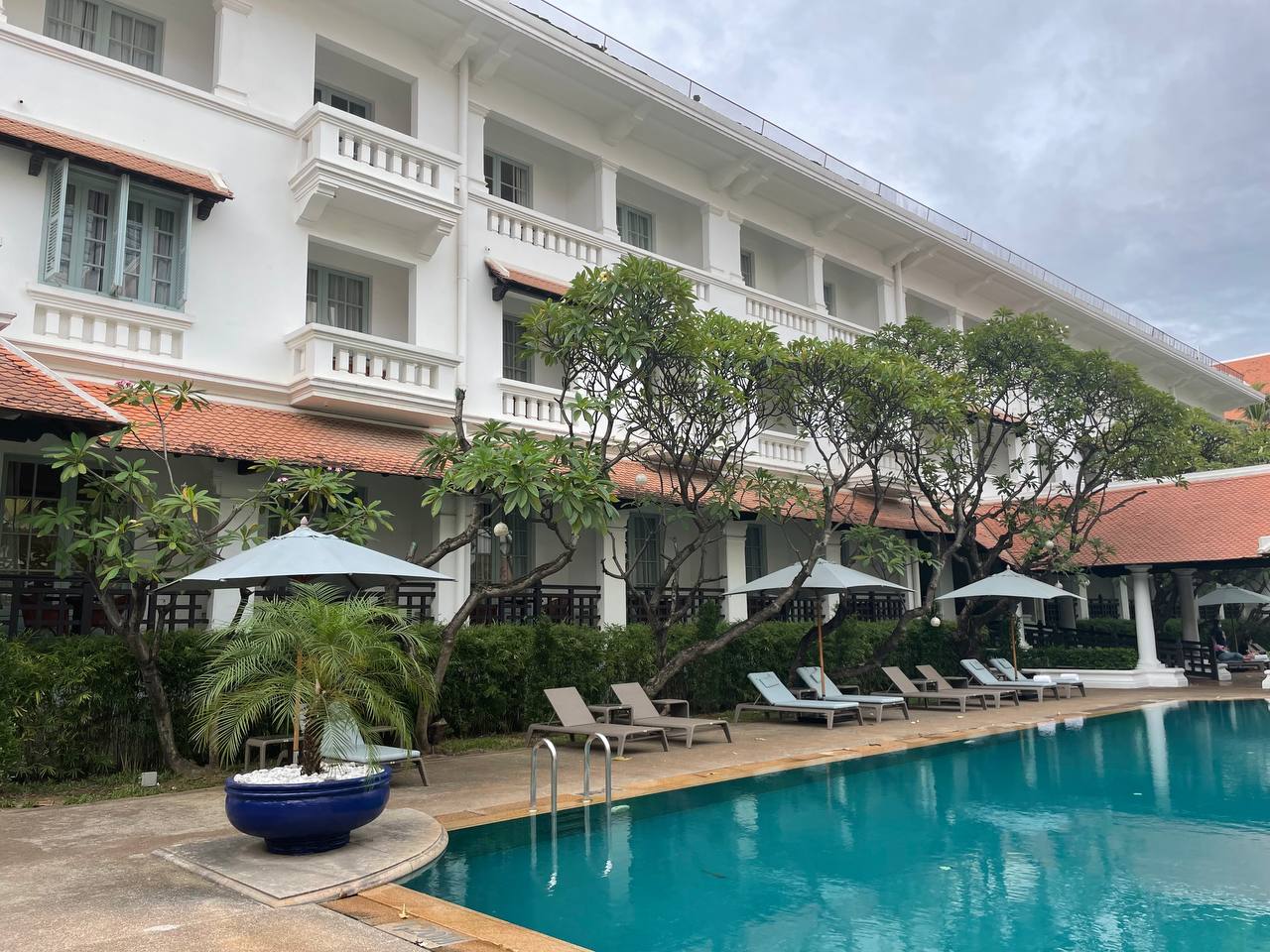
8) Ta Prohm of the Genocide Era
Relevance
Villages named Ta Prohm in Takeo Province were used for forced labor and executions. These lesser-known sites demonstrate the regime’s rural network and the dispersed enforcement of terror outside major cities. Visiting provides insight into local experiences, agricultural exploitation, and the hidden histories of small communities impacted by Khmer Rouge operations. It emphasizes the breadth of the regime’s reach, showing that oppression extended far beyond Phnom Penh and the famous killing fields.
How to get there
Takeo Province. Local guide required. Roads are dirt tracks and paths, often overgrown. Respect for villagers and sensitivity to historical trauma is essential.

7) Bokor Hill
Relevance
Bokor Hill, near Kampot, was used by the Khmer Rouge as a strategic base during their operations in southern Cambodia. Colonial-era buildings were repurposed as command posts, and bunkers still remain, showing how the regime exploited existing infrastructure for control and defense. The area also served as a retreat and observation point, highlighting the military and logistical strategies of the Khmer Rouge. Visiting offers both historical insight and dramatic scenery, with misty hills, abandoned colonial hotels, and remnants of Khmer Rouge occupation blending into the jungle.
How to get there
From Kampot town, drive or motorbike up the main road into Bokor National Park. The route is straightforward but winding. Exploring the buildings, bunkers, and surrounding forest can take several hours. Guided visits provide historical context and help identify sites linked directly to Khmer Rouge activity.
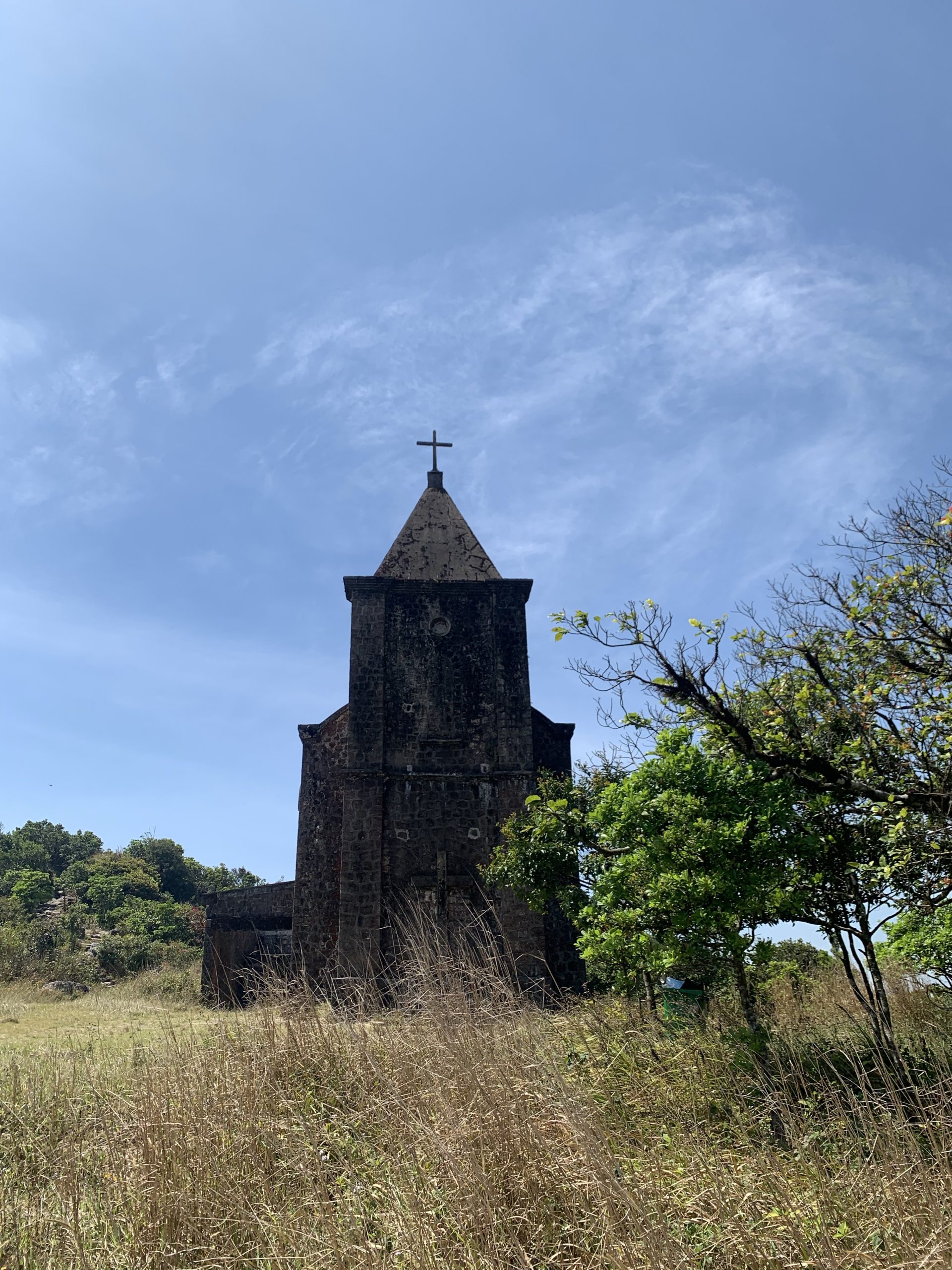
6) Preah Vihear Execution Sites
Relevance
Preah Vihear Province, near the Thai border, holds several remote hills where the Khmer Rouge executed suspected traitors. These sites are raw and largely untouched, providing a stark reminder of the regime’s reach into isolated rural areas. Visiting demonstrates the scale of punishment and the climate of fear imposed far from urban centers. Traces of mass graves and local oral histories give insight into the brutality, secrecy, and strategic isolation tactics of the Khmer Rouge. And of course this is also hevaily important with regards to the current war with Thailand.
How to get there
Access requires a 4×4 vehicle and a local guide. Roads are rough and forested, often impassable in the rainy season. Full-day trips recommended. Guides are essential for navigating the area safely and interpreting historical context for visitors.
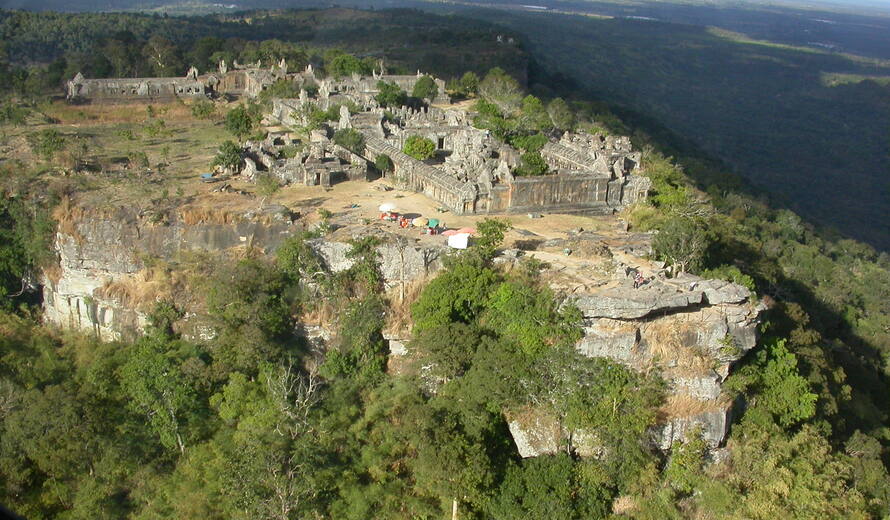
5) Battambang Killing Fields
Relevance
Near Battambang town, this lesser-known killing field was a site of executions and mass graves, housing thousands of victims. Less visited than Choeung Ek, it offers a raw and direct insight into the horrors of rural Khmer Rouge operations. Walking the fields, you can sense the scale of local oppression and forced labor, and how the regime extended its brutal policies outside the capital. The site provides an intimate perspective on local history, revealing the lived experiences of villagers subjected to fear, coercion, and violence, making it a powerful stop for anyone exploring the geographic breadth of the Khmer Rouge and Democratic Kampuchea.
How to get there
About 30 minutes from Battambang town by tuk-tuk or moto-taxi. Walking the fields allows exploration of mass graves and surrounding areas. Local guides enhance the visit by sharing survivor accounts and explaining the context of the regime’s operations in this province.
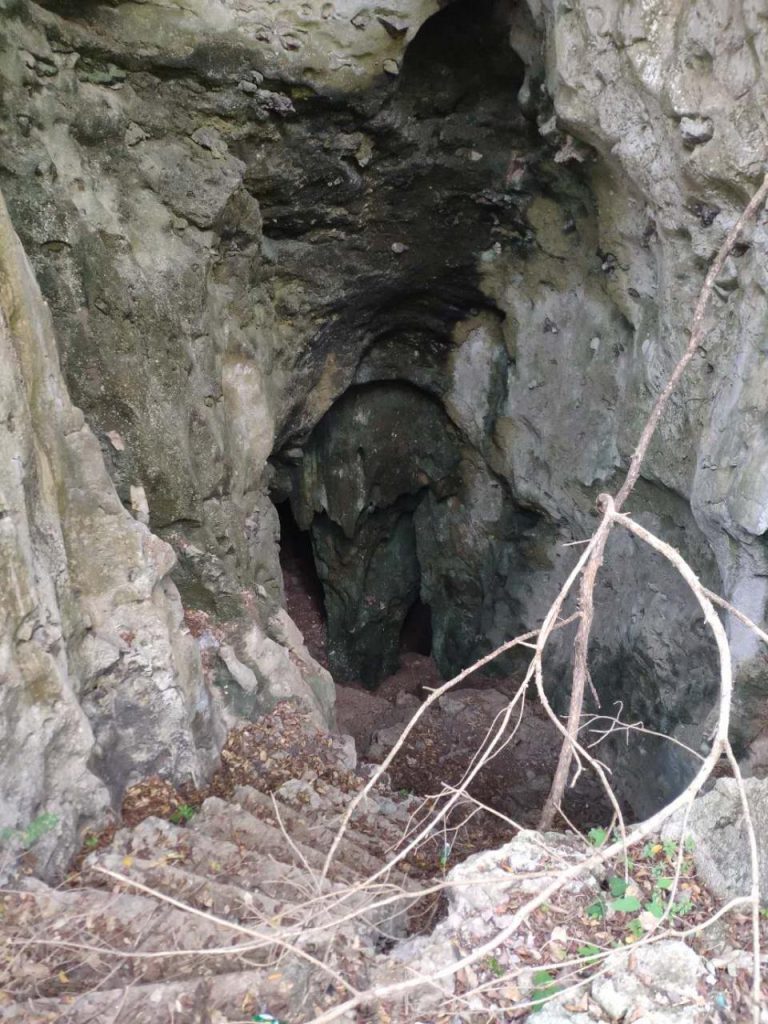
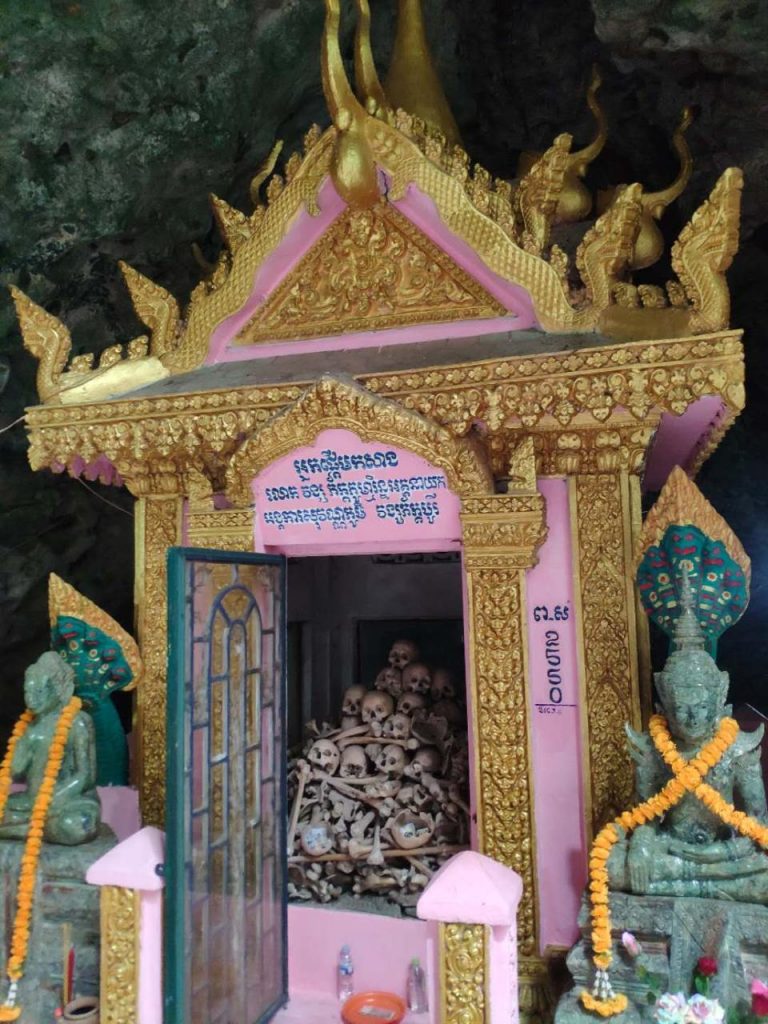
4) Choeung Ek Killing Fields
Relevance
Choeung Ek is the most famous killing field near Phnom Penh, where thousands were executed and buried. A towering Buddhist stupa of skulls stands as a haunting memorial. The site exemplifies the systematic cruelty and efficiency of the Khmer Rouge’s genocide. Walking through the mass graves, memorials, and surrounding grounds provides a visceral understanding of the regime’s brutality. Choeung Ek is essential for comprehending the scale of the atrocities, the cold methodical planning behind them, and the human stories of those who suffered. Visiting is both sobering and necessary for historical understanding.
How to get there
Located 17 km south of Phnom Penh. Tuk-tuk or moto-taxi from city center takes around 30 minutes. The site is open daily. Visitors can walk the grounds, visit the stupa, and follow audio guides or local guides for historical explanations.
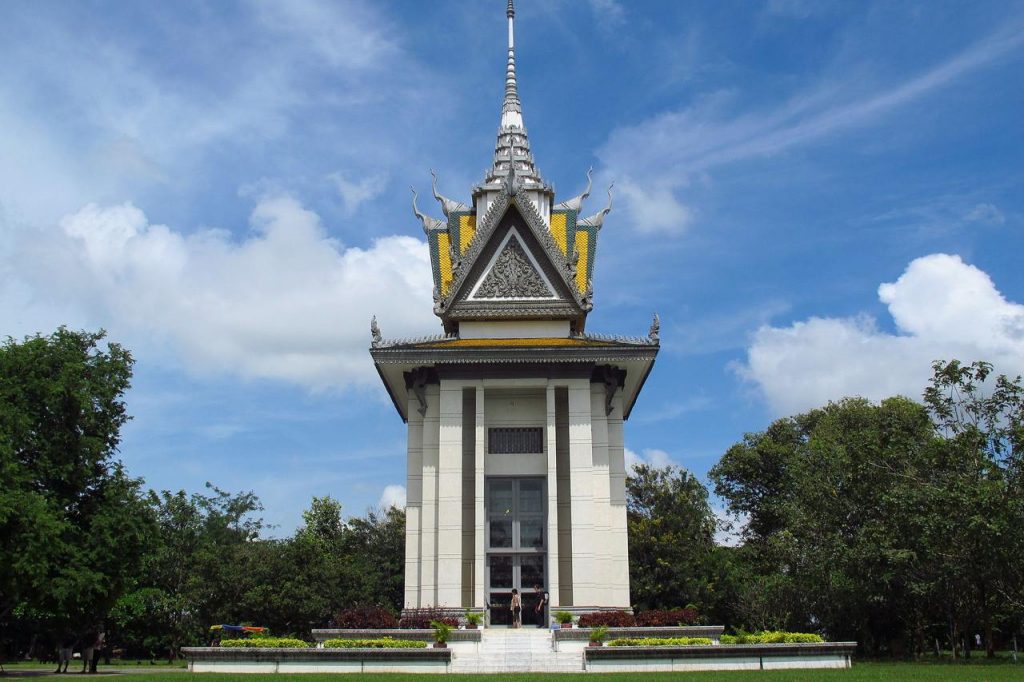
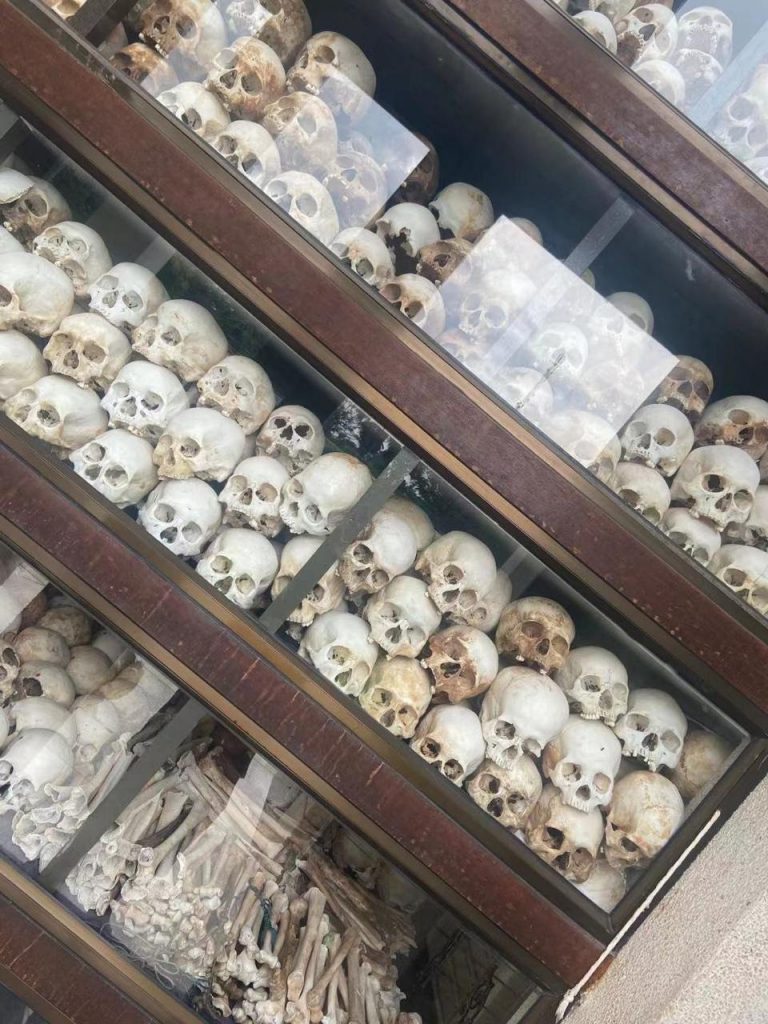
3) Kampong Chhnang Airport
Relevance
Kampong Chhnang Airport was used by the Khmer Rouge for logistical and military purposes. The airstrip, surrounding buildings, and remnants of infrastructure demonstrate how the regime maintained control over regional transport and supply lines. Visiting offers insight into the operational side of the Khmer Rouge and how air mobility factored into their broader strategies. There are also a number of other sites here realted to the horrors of the Democratic Kampuchea era.
How to get there
Located near Kampong Chhnang town. Access requires a car or motorbike. Roads are partially paved, and guided visits are recommended to navigate safely and understand the historical context. Walking the runways and inspecting remaining buildings provides a tangible connection to the regime’s logistics network.
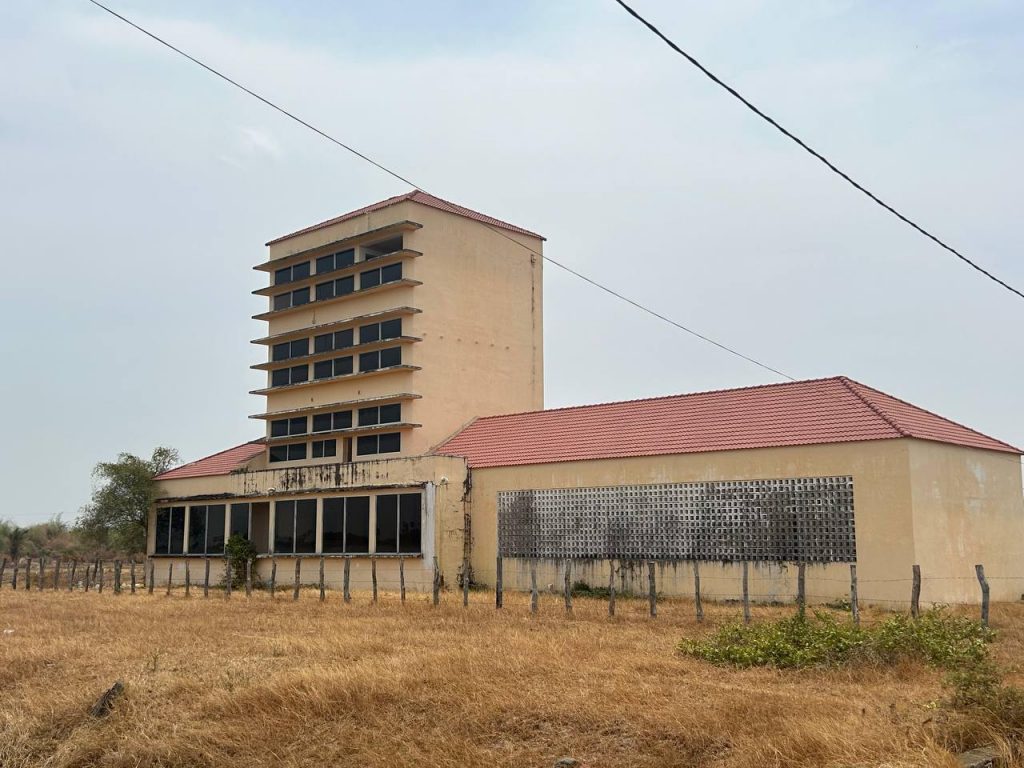
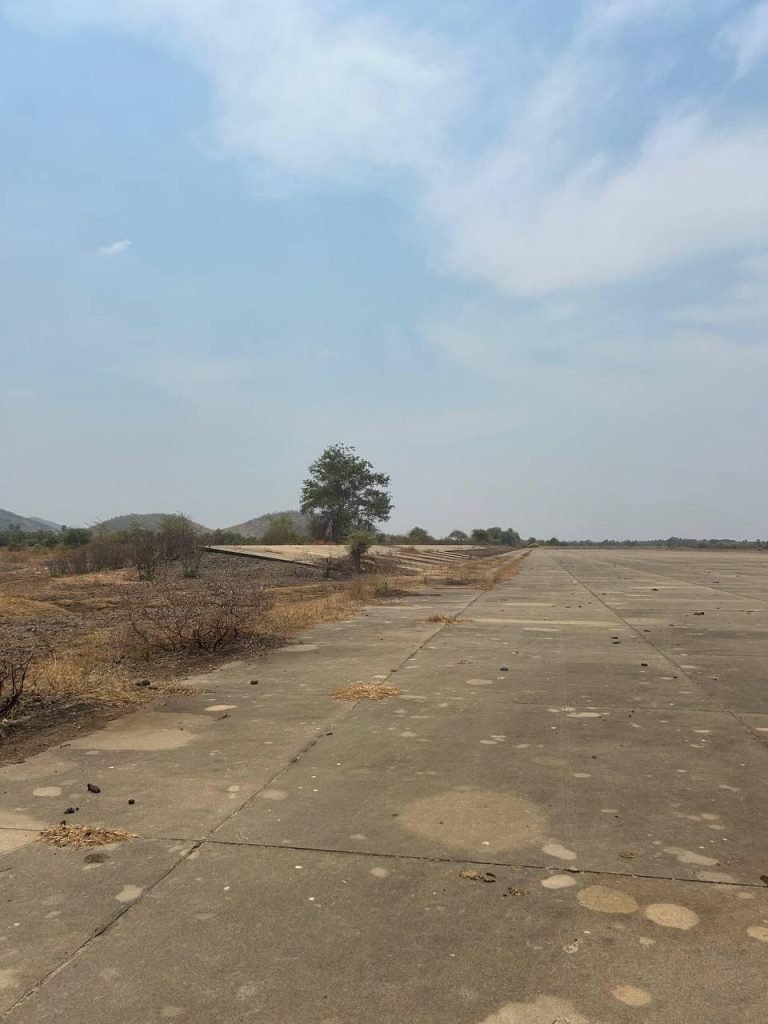
2) S-21 (Tuol Sleng)
Relevance
S-21, also known as Tuol Sleng, was the epicenter of terror in Phnom Penh. A former high school converted into a torture and execution center, thousands of people were imprisoned, photographed, and killed here. The cells remain intact, along with photographs of victims and instruments of torture. Visiting S-21 gives an immediate sense of the cruelty, meticulous documentation, and scale of the Khmer Rouge’s systematic violence. It is the essential site for anyone seeking to understand how the regime inflicted terror and maintained control.
How to get there
Central Phnom Penh, near Boeng Keng Kang. Accessible by foot, tuk-tuk, or moto-taxi from most hotels. Open daily. Guides provide survivor histories, detailed explanations, and context about the regime’s methods, making it an immersive and harrowing experience.
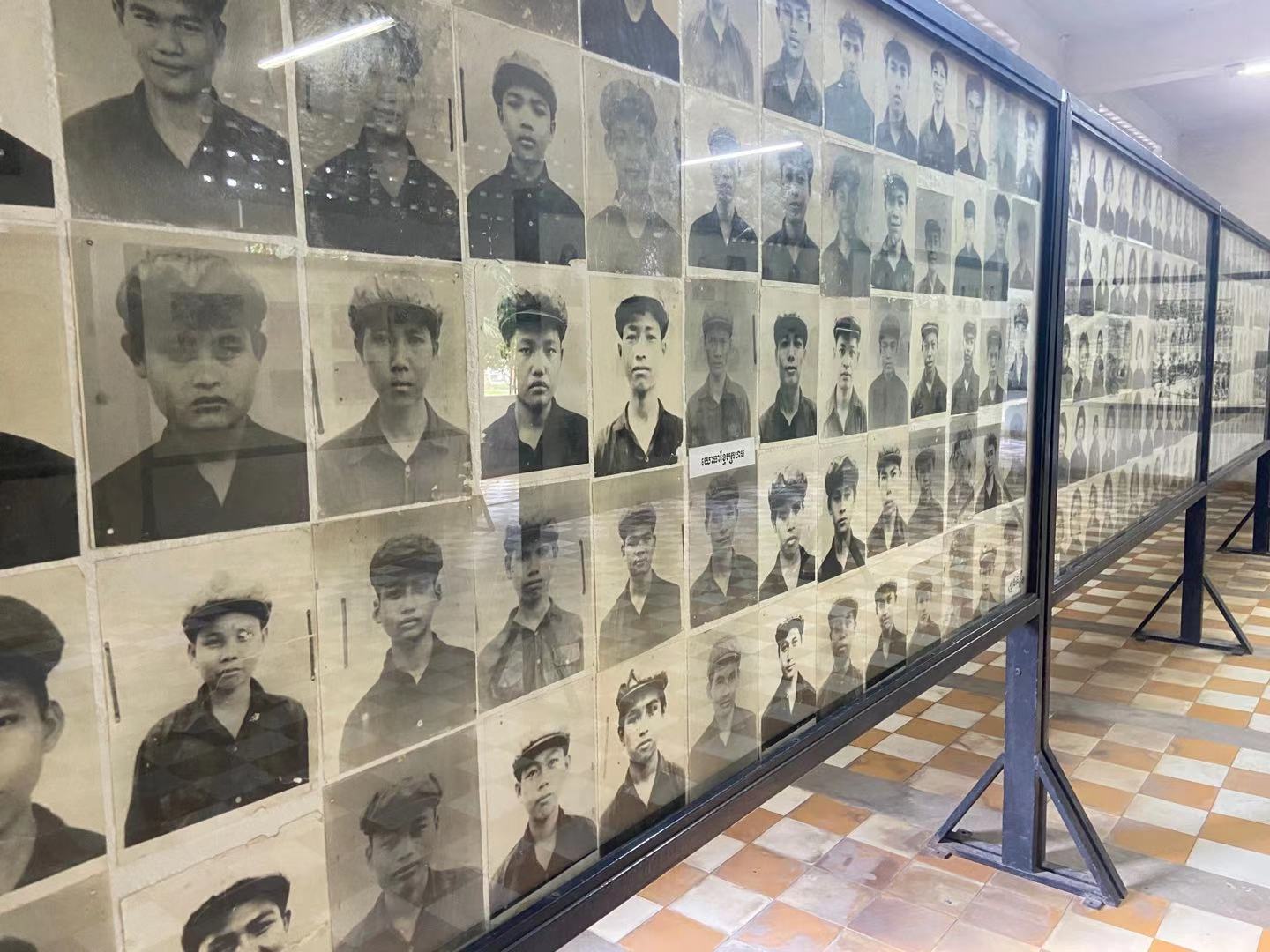
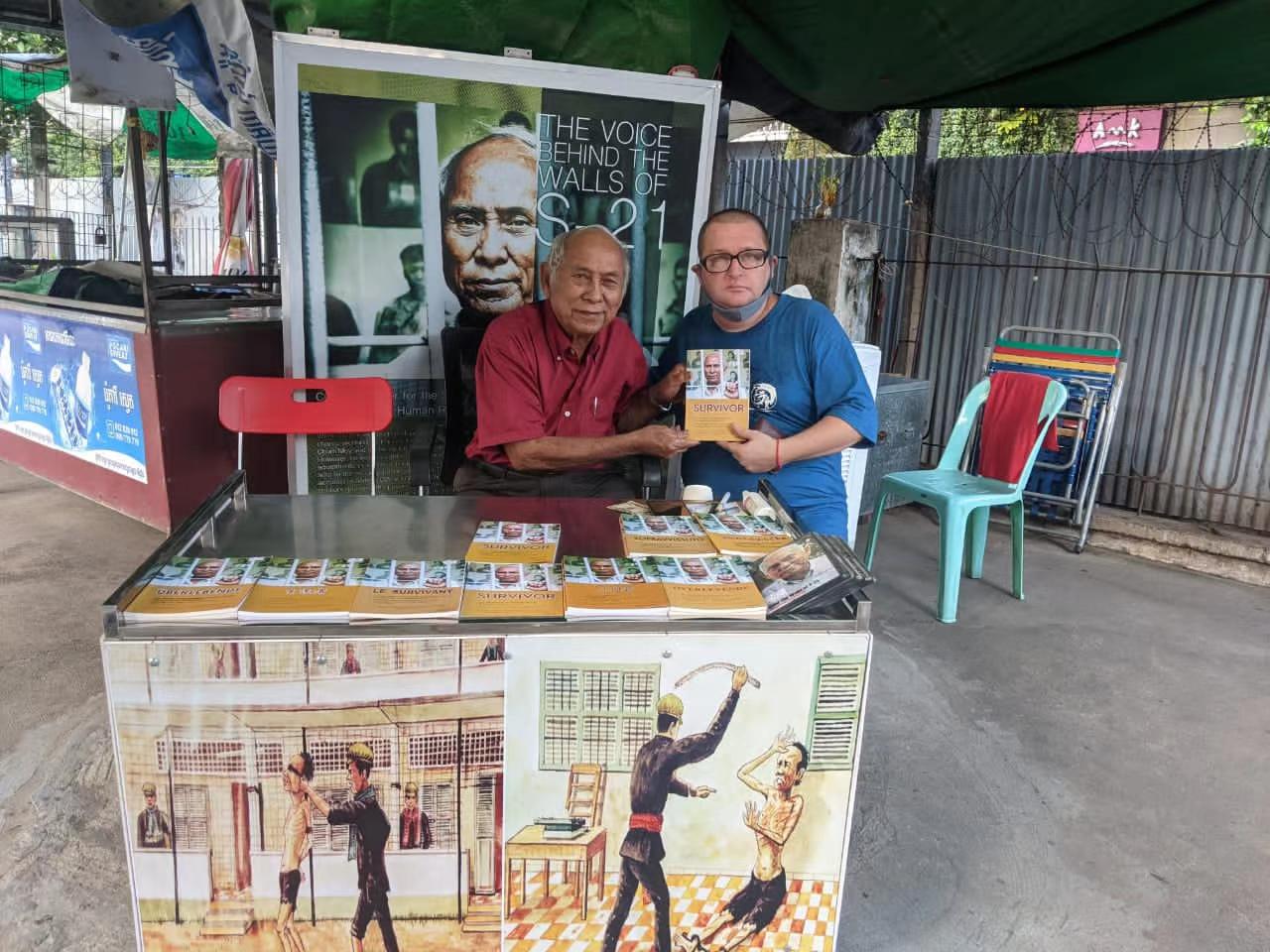
1) Anlong Veng
Relevance
Anlong Veng was the last Khmer Rouge stronghold in Oddar Meanchey Province near the Thai border. Pol Pot and his inner circle held out here until the late 1990s. The area is littered with bunkers, command posts, and execution sites. Visiting Anlong Veng shows how the regime persisted long after its official collapse, providing a sense of its organizational resilience and strategic retreats. More sites here by far than anywhere else, such as the grave of Pol Pot among others, as well as this being the capital of the last Khmer Rouge state.
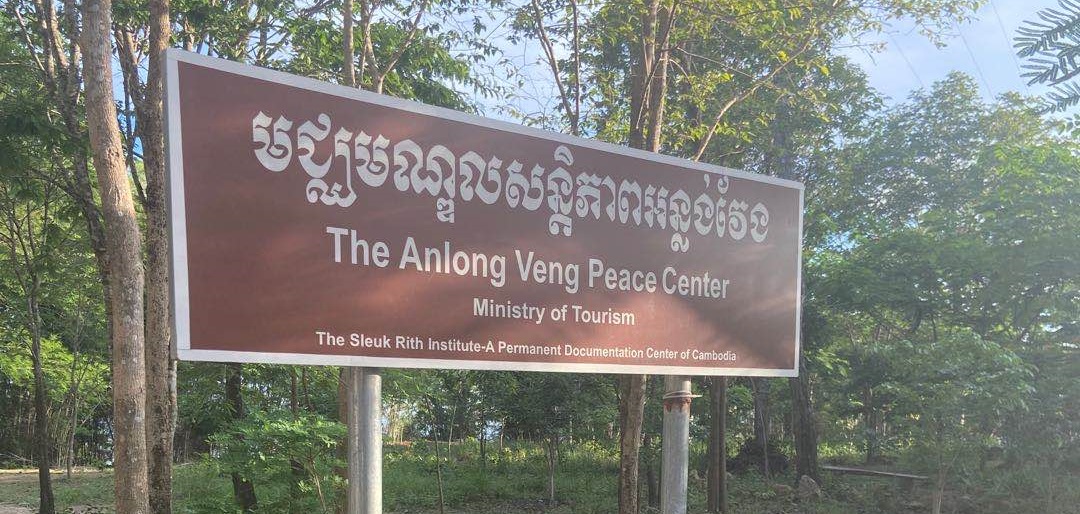
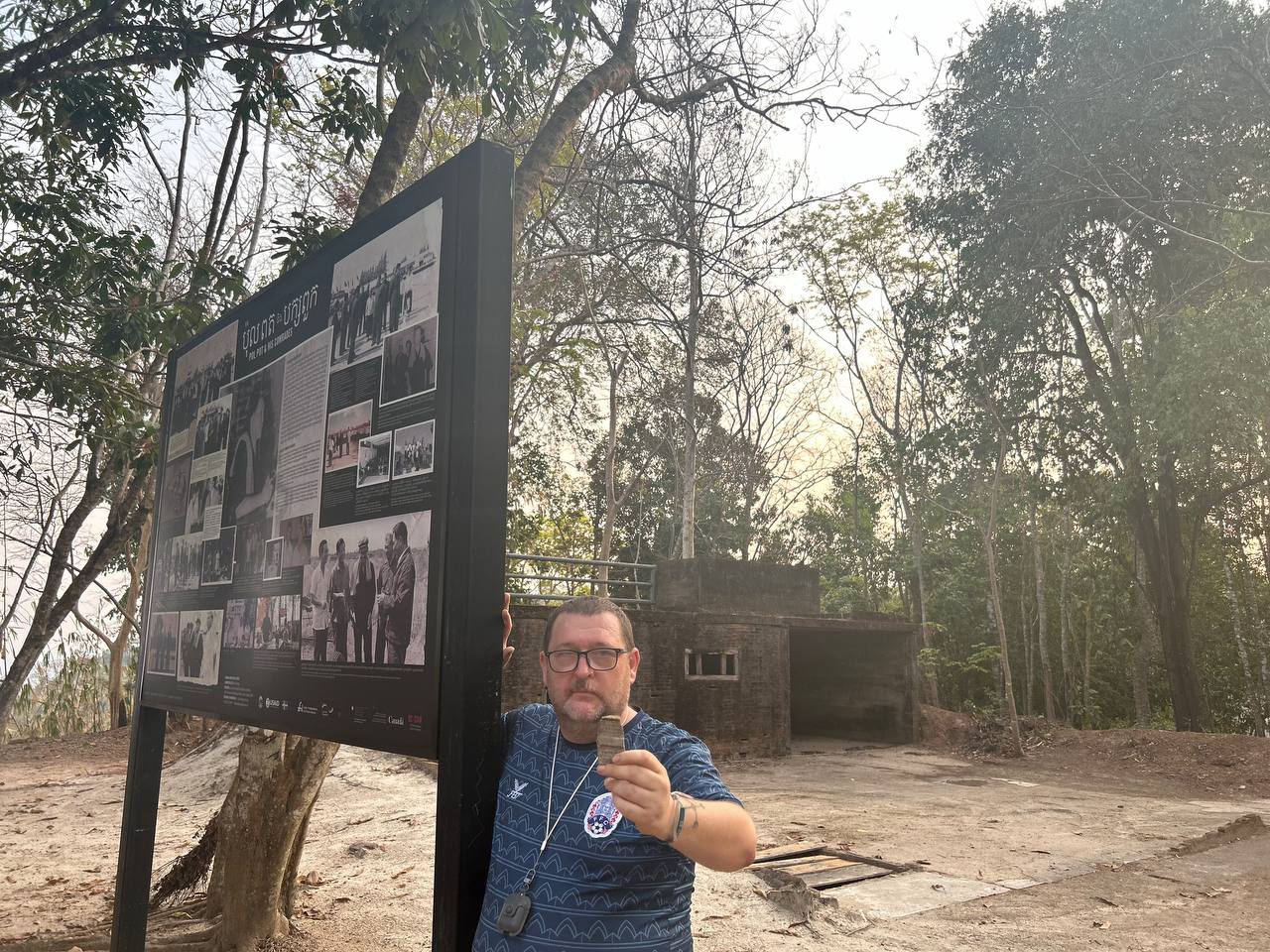
How to get there
Remote journey from Siem Reap or Phnom Penh. Travel requires 4×4 vehicle and guide. Roads are rough and largely unpaved. Multi-day visits recommended to explore bunkers, execution zones, and surviving Khmer Rouge structures while gaining perspective on this final stronghold.
And that marks our list for the 21 most important Khmer Rouge historical sites, all of which can be seen on one of our independent tours to Cambodia.
It is also very much something we wish to add to as we continue exploring this incredibly unqiue country.



